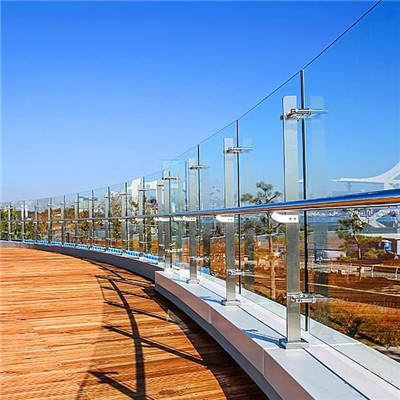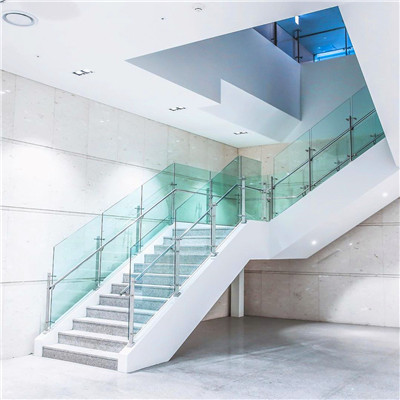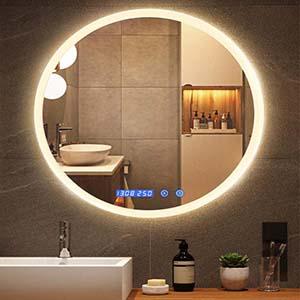The Critical Role of Laminated Glass in Building Safety
The Critical Role of Laminated Glass in Building Safety
In today's rapidly evolving architectural landscape, laminated glass has emerged as a cornerstone of building safety and design innovation. As a leading Chinese manufacturer specializing in the export of laminated glass, we are at the forefront of this critical technology, offering products that combine safety, durability, and aesthetic appeal.

Understanding Laminated Glass Technology
Laminated glass is a sophisticated safety glazing solution composed of multiple layers of glass bonded together with interlayers of polyvinyl butyral (PVB) or other specialized materials. This construction ensures that when impacted, the glass cracks rather than shatters, significantly reducing the risk of injury from sharp fragments. The interlayer also provides enhanced noise reduction, UV protection, and energy efficiency, making laminated glass a versatile choice for various applications.
The manufacturing process involves carefully bonding glass sheets under controlled heat and pressure conditions, ensuring a strong molecular bond between the glass and interlayer materials. This meticulous production method results in a product that maintains optical clarity while delivering exceptional strength and functionality.
Safety Benefits in Architectural Applications
The primary advantage of laminated glass lies in its safety performance. When subjected to impact, laminated glass remains intact, preventing injuries and providing critical protection in situations such as storms, seismic activity, or accidental breakage. This makes it the preferred choice for applications such as entrance systems, skywalks, and areas where human impact is a concern.
In commercial buildings, laminated glass is extensively used in curtain walls and overhead glazing systems, offering both aesthetic appeal and critical safety functions. Its ability to withstand extreme weather conditions ensures building occupants remain protected and secure.
Market Trends and Industry Adoption
Recent industry reports indicate a growing preference for laminated glass in both residential and commercial construction sectors. Architects and building owners are increasingly recognizing the value proposition of laminated glass beyond its safety benefits, appreciating its contribution to energy efficiency and sustainability goals.
The market for laminated glass is experiencing steady growth, driven by stricter building codes and regulations that mandate safety glazing in specific applications. Additionally, consumer awareness of product benefits is rising, with homeowners willing to invest in higher-quality materials that offer long-term performance advantages.
Environmental and Sustainability Considerations
Laminated glass contributes positively to building sustainability efforts through its energy-efficient properties. The interlayer provides thermal insulation, reducing heat transfer and lowering energy consumption for heating and cooling. Furthermore, its UV-blocking capabilities protect interior materials from degradation, extending the lifespan of furnishings and decor.
Manufacturers are responding to environmental concerns by developing eco-friendly laminated glass solutions with recycled content and improved production processes that reduce carbon footprints. These advancements align with global sustainability initiatives and position laminated glass as a responsible choice for environmentally conscious projects.
Future Innovations and Technological Advancements
The future of laminated glass promises exciting developments as research continues into new interlayer materials and manufacturing techniques. Smart laminated glass incorporating electrochromic properties allows for dynamic light control, adapting to changing environmental conditions and user preferences.
Additionally, advancements in acoustic performance are making laminated glass the preferred choice for noise-sensitive environments such as hospitals, schools, and high-density urban developments. These innovations ensure that laminated glass will remain at the forefront of architectural glazing solutions for years to come.
Conclusion
Laminated glass represents a forward-thinking approach to construction that addresses contemporary challenges while offering aesthetic and functional benefits. As a leading manufacturer, we are committed to pushing the boundaries of what laminated glass can achieve, delivering innovative solutions that enhance safety, sustainability, and quality of life for our customers.
By staying at the forefront of technological advancements and understanding evolving consumer needs, we aim to continue leading the laminated glass revolution and contribute to the growth of the construction industry.
 English
English Russian
Russian





